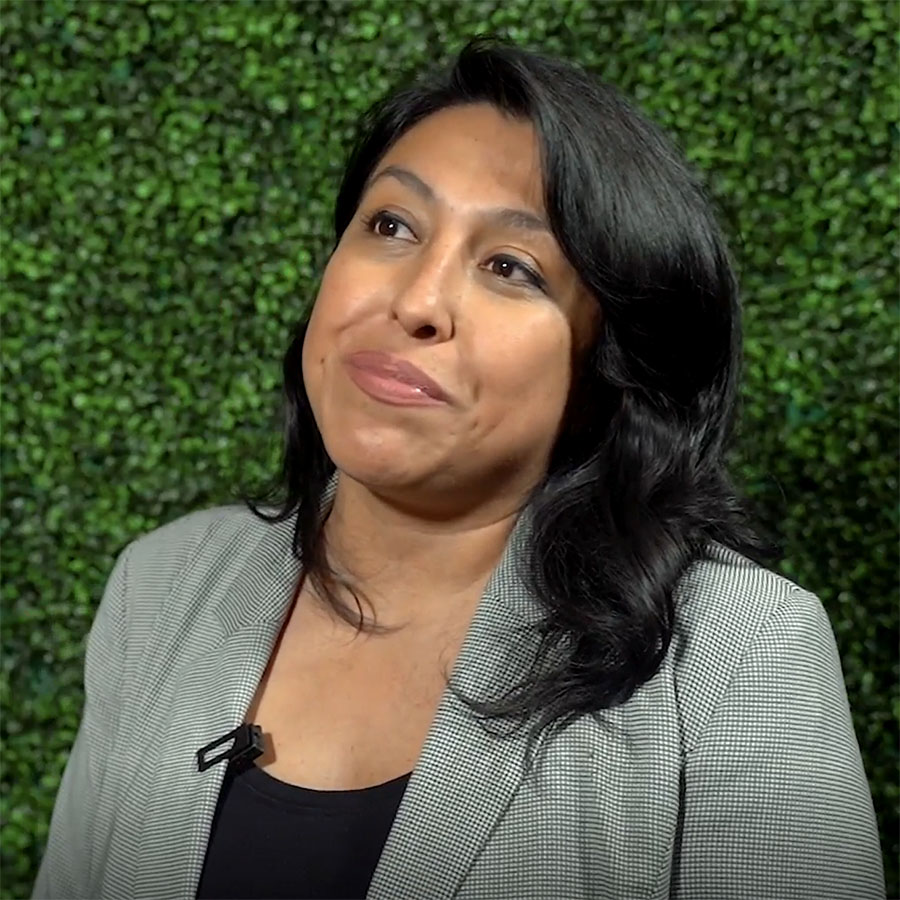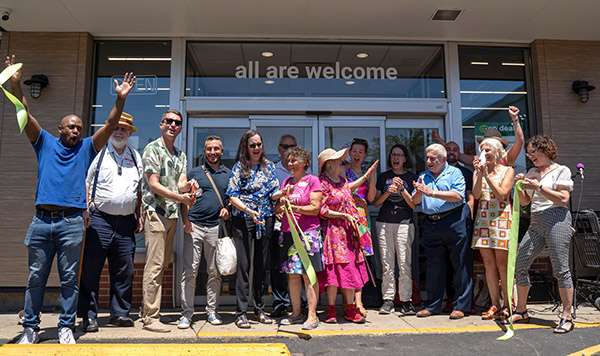Every urban community and neighborhood around the world served by a centralized water supply system is plagued by the same problem: Aging water infrastructure that slowly leaks and loses trillions of gallons of water every year.
The looming capital investment necessary to repair and upgrade aging water infrastructure will put a severe financial strain on utilities and local governments that are already having trouble avoiding red ink. This, along with the impending impact of climate change, will mean that urban water planners and elected leaders will need to adopt new ways of thinking and pooling resources.
In the United States, Australia and Europe, a wide variety of collaborative networks have sought to independently define what makes up an integrated, sustainable, urban water management approach, referred to as the “One Water” strategy or a holistic approach to addressing institutional arrangements and governance to support the idea that cities should be livable, resilient and sustainable.
Many urban water planners and policymakers have had difficulty transitioning to the One Water approach. One Water involves a change in institutional culture, as it considers the urban water cycle as a single integrated system, managing all urban water flows as a set of community resources. The interconnectedness of water supply, groundwater, stormwater and wastewater is optimized and their combined impact on flooding, water quality, wetlands, watercourses, estuaries and coastal waters is recognized.
To help with the transition to a One Water approach, the Center for Neighborhood Technology (CNT) along with our partners at ForEvaSolutions and the Institute for Sustainable Futures, is making available a research report Institutional Issues for Integrated ‘One Water’ Management and Pathways to One Water- A Guide to Institutional Innovation.
The research and case studies that formed the basis of the study andcome from across the globe, reveal that water agencies from the U.S. to Australia have focused primarily on the limited goals of delivering basic drinking water, sanitation and stormwater services. While government regulation and progressive thinking have resulted in many communities to implement protections for their natural surface waterways and groundwater, scarce few are moving towards a One Water approach.
Institutional challenges to taking on the One Water approach exist at the strategic, tactical and operational levels and limit the ability for organizations to collaborate with each other. Some have trouble coordinating activities within their own organizations. This lack of a unifying culture perpetuates and hardens the walls of institutional silos and inertia across the water industry.
The report outlines the challenges that have been faced to date, and suggests enabling strategies and actions that could be deployed at both the implementation and policy levels.
The report:
- Documents challenges that may be encountered by local governments, water utilities, urban planners, and regulators in transitioning to a One Water approach, to integrated urban water management.
- Provides a framework for decision makers, practitioners, and planners to identify potential enabling actions for overcoming these challenges.
- Recommends action that water associations can take to create a conducive environment that encourages and provides a smoother transition to a One Water approach.
Six key community characteristics have been identified that can contribute positively to the adoption of a One Water approach:
- Strong leadership and vision from senior positions, at both political and executive levels
- Partnerships between departments and collaborating organizations
- Organizational culture that embraces the One Water approach
- Transparent engagement with the community and stakeholders
- A conducive economic environment for private investment
- A conducive regulatory and legislative environment for encouraging public and private participation
This report was sponsored by the Water Environment Research Foundation. Formed in 1989, WERF is America’s leading independent scientific research organization dedicated to wastewater and stormwater issues.





 Strengthening Transit Through Community Partnerships
Strengthening Transit Through Community Partnerships